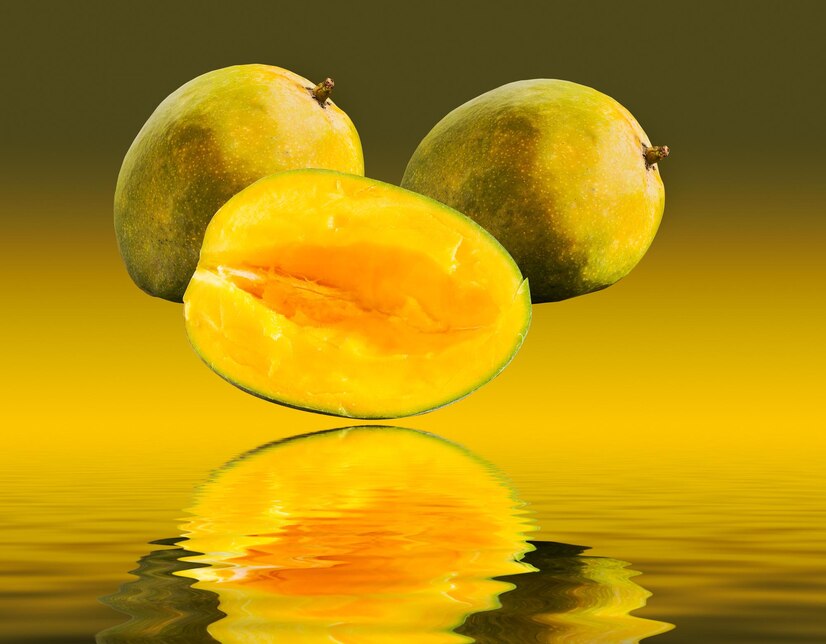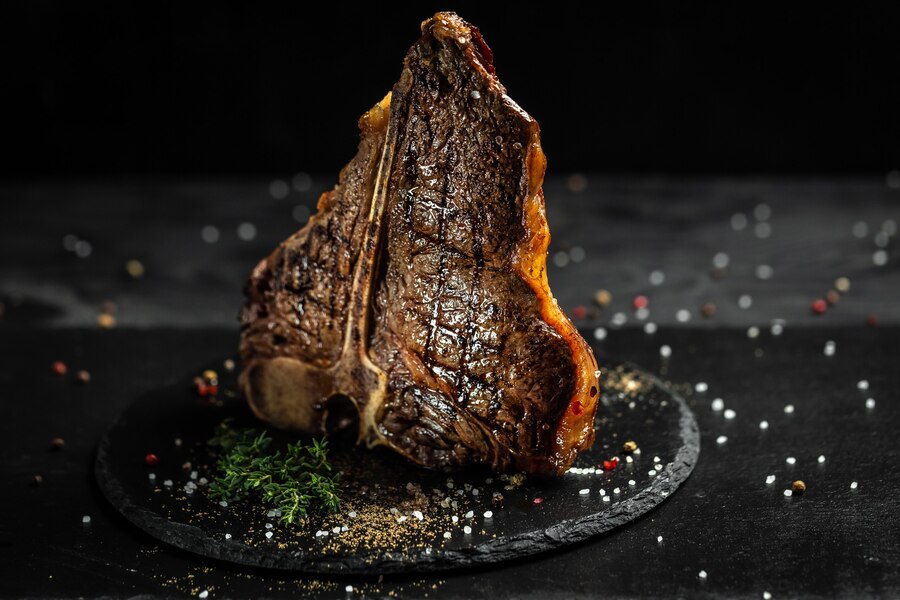The Alphonso mango, often referred to as the “King of Mangoes,” is renowned for its exceptional taste, aroma, and smooth texture. Originating from India, this tropical delight has captivated the palates of fruit lovers worldwide. Let’s explore the rich history, cultivation, health benefits, and culinary uses of the Alphonso mango.
Origin and History
The Alphonso mango traces its roots to the Konkan region of Maharashtra, India. It was named after Afonso de Albuquerque, a Portuguese general and military expert who helped establish Portuguese colonies in India during the 16th century. The Portuguese are credited with introducing grafting techniques that improved mango quality, giving rise to the superior Alphonso variety.
Characteristics and Appearance
The Alphonso mango is easily recognizable by its:
- Color: Bright golden-yellow with a slight reddish blush.
- Size: Medium, weighing approximately 150-300 grams each.
- Texture: Smooth, non-fibrous pulp.
- Taste: Rich, creamy, and sweet with a subtle tanginess.
- Aroma: Intensely fragrant and tropical.
These features distinguish Alphonso mangoes from other mango varieties, making them highly sought after in the global market.
Cultivation Regions
Alphonso mangoes are primarily grown in the western parts of India, with the most famous regions being:
- Ratnagiri
- Devgad
- Sindhudurg
- Raigad
The unique soil and climate conditions in these regions contribute to the mango’s superior taste and quality. The fruit is harvested between April and June, making it a seasonal delicacy.
Health Benefits
Alphonso mangoes are not only delicious but also packed with nutritional benefits:
- Rich in Vitamins: High in vitamin A, C, and E, supporting skin health and immunity.
- Antioxidant Properties: Contains polyphenols that help fight oxidative stress.
- Digestive Aid: Natural enzymes aid in digestion and promote gut health.
- Heart Health: Potassium content helps regulate blood pressure.
- Eye Health: Beta-carotene promotes better vision.
Culinary Uses
Alphonso mangoes are versatile and can be enjoyed in various ways:
- Fresh Slices: Simply peeled and sliced for a refreshing snack.
- Mango Pulp: Used for making smoothies, milkshakes, and desserts.
- Aamras: A traditional Indian mango puree served with flatbread.
- Desserts: Mango ice cream, cheesecakes, and puddings.
- Salads: Cubed mango adds a tropical twist to salads.
- Jams and Preserves: Used to make long-lasting spreads.
Global Demand and Export
The Alphonso mango is highly prized in international markets, especially in Europe, the Middle East, and North America. India exports significant quantities every year, with Ratnagiri and Devgad mangoes receiving Geographical Indication (GI) tags, ensuring authenticity and quality.
Selecting and Storing Alphonso Mangoes
When buying Alphonso mangoes, look for:
- Firmness: Slightly soft to the touch but not mushy.
- Aroma: A sweet fragrance near the stem.
- Color: Uniform golden-yellow without blemishes.
For storage:
- Unripe Mangoes: Store at room temperature to ripen.
- Ripe Mangoes: Refrigerate to extend shelf life.
- Pulp Storage: Freeze mango pulp for year-round use.
Conclusion
The Alphonso mango truly lives up to its title as the “King of Fruits.” Its rich history, exceptional taste, and numerous health benefits make it a prized delicacy across the globe. Whether enjoyed fresh, blended into a smoothie, or used in gourmet dishes, the Alphonso mango remains a timeless tropical delight cherished by all. Indulge in this luxurious fruit and experience nature’s sweetness at its finest.
also read this Vamp Tech Bio Plastic









